Case Number : Case 2746 - 14 January 2021 Posted By: Saleem Taibjee
Please read the clinical history and view the images by clicking on them before you proffer your diagnosis.
Submitted Date :
92M, excision right temple

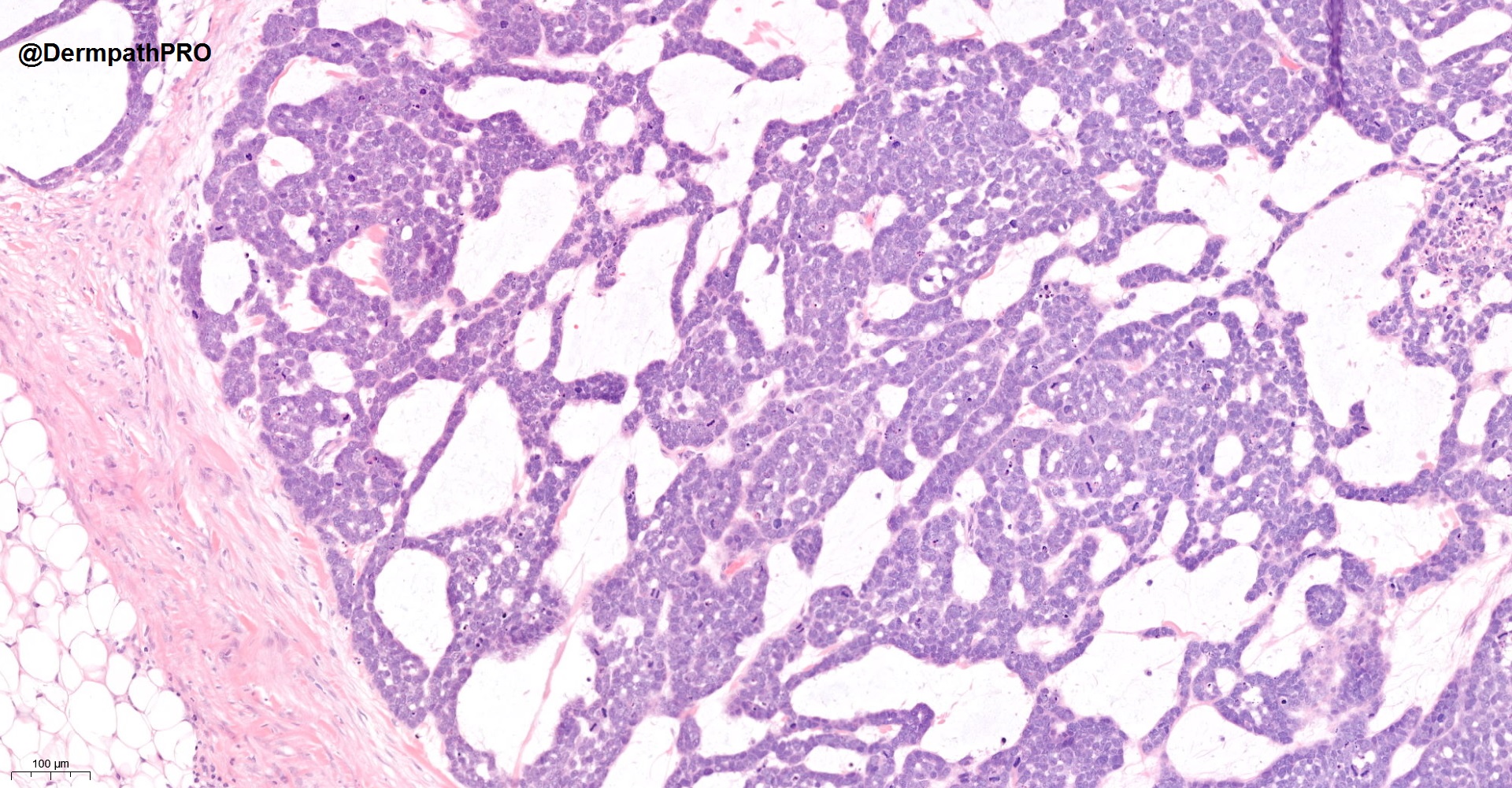
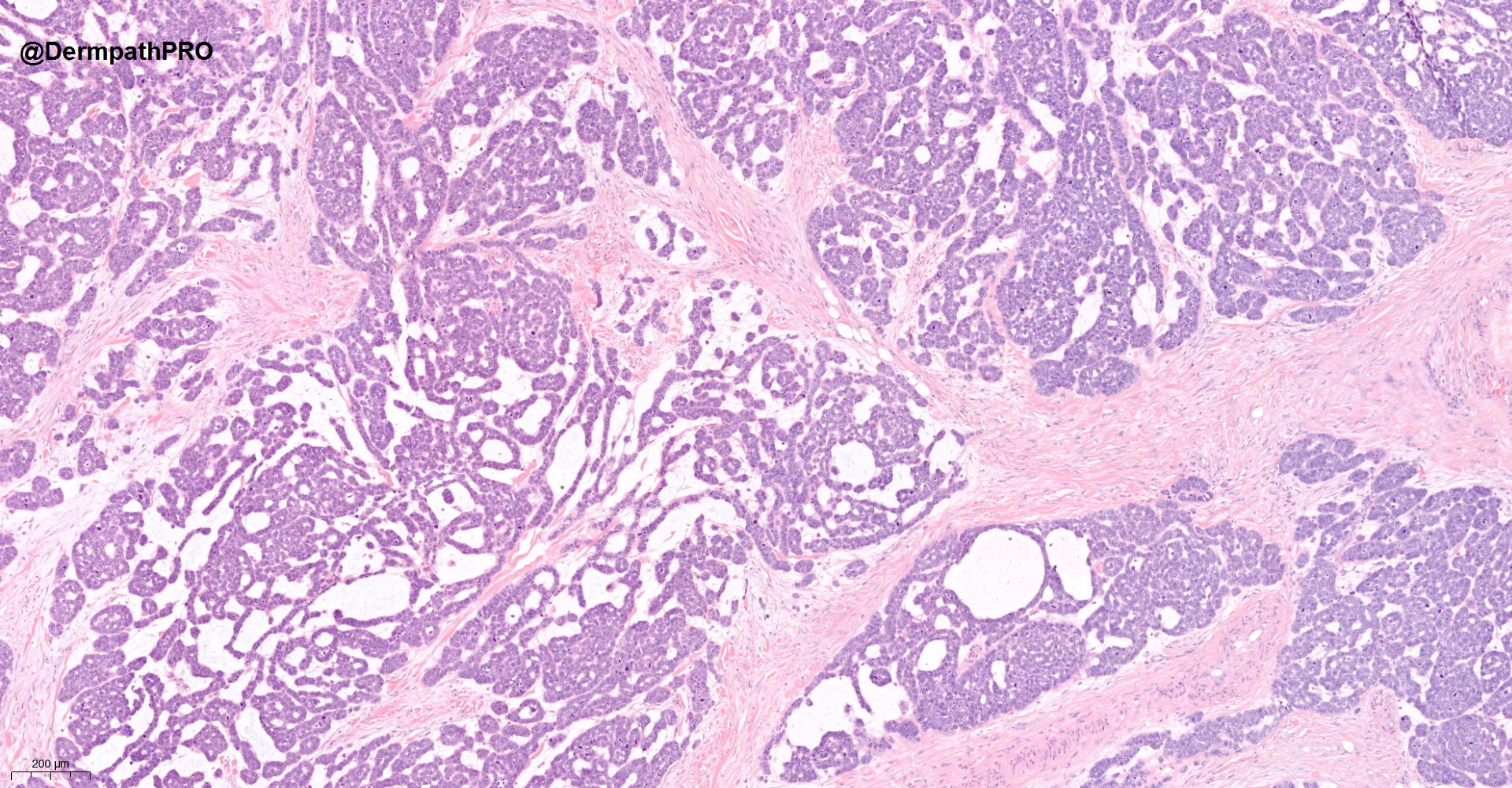
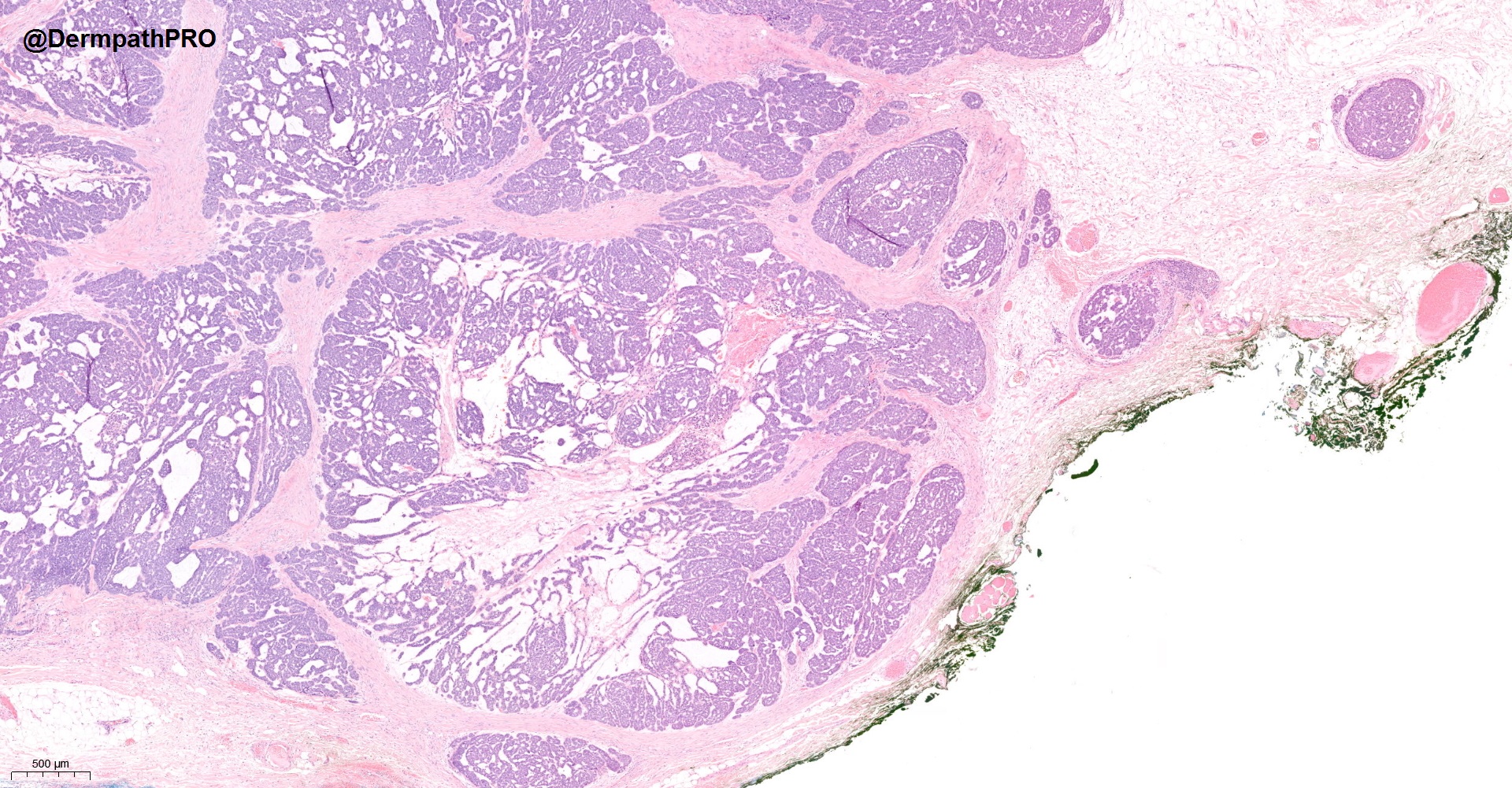
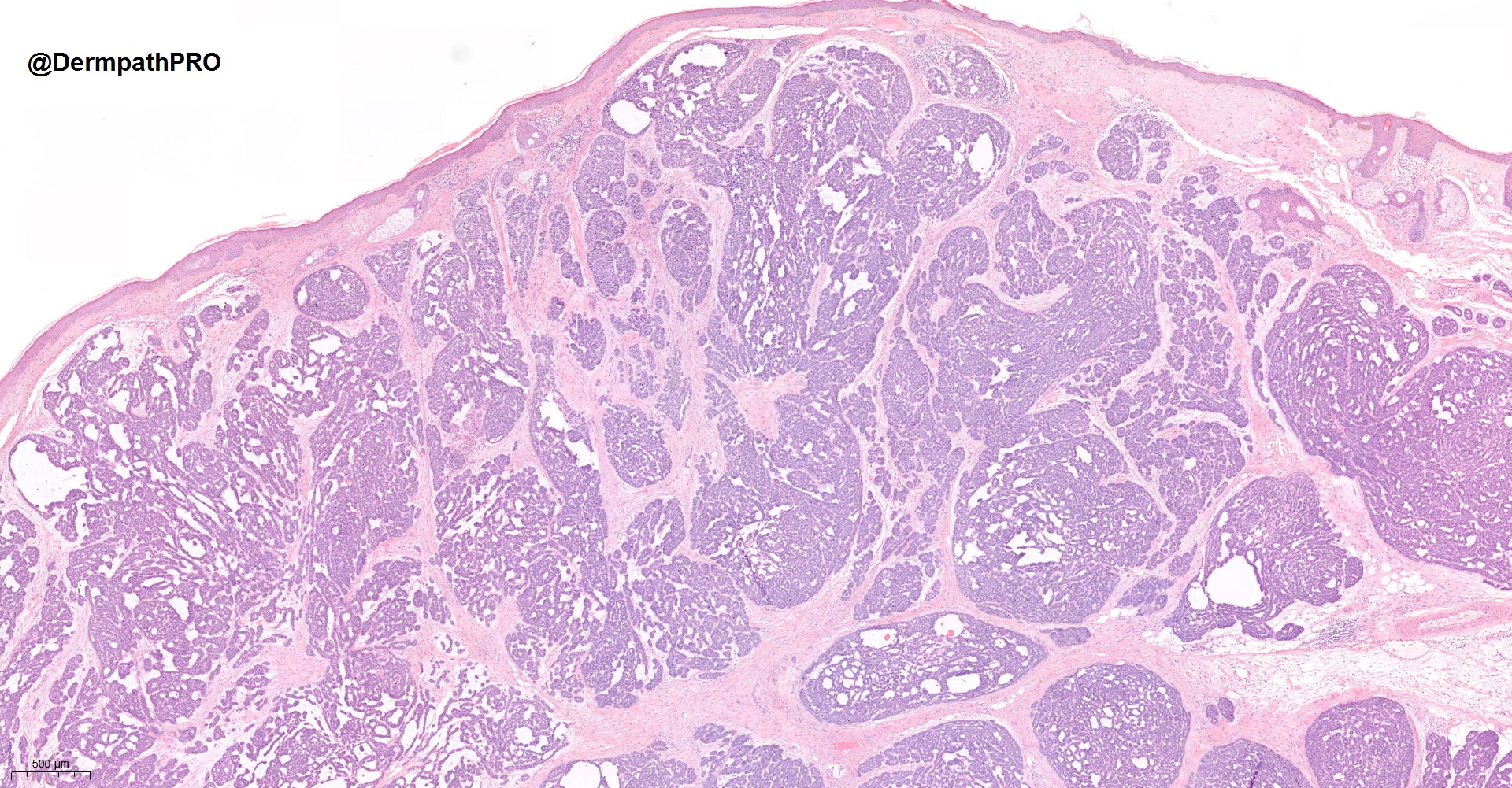
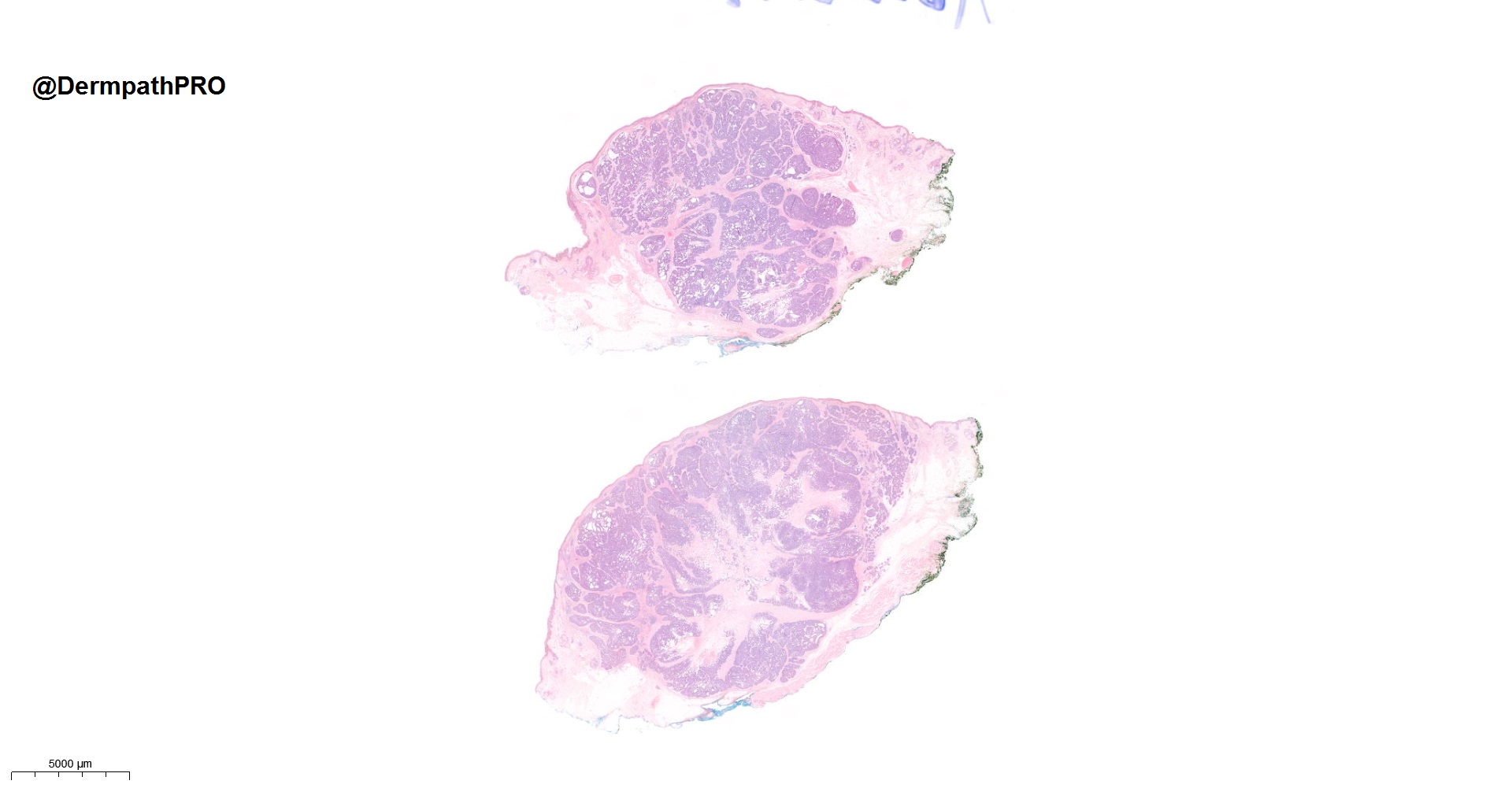
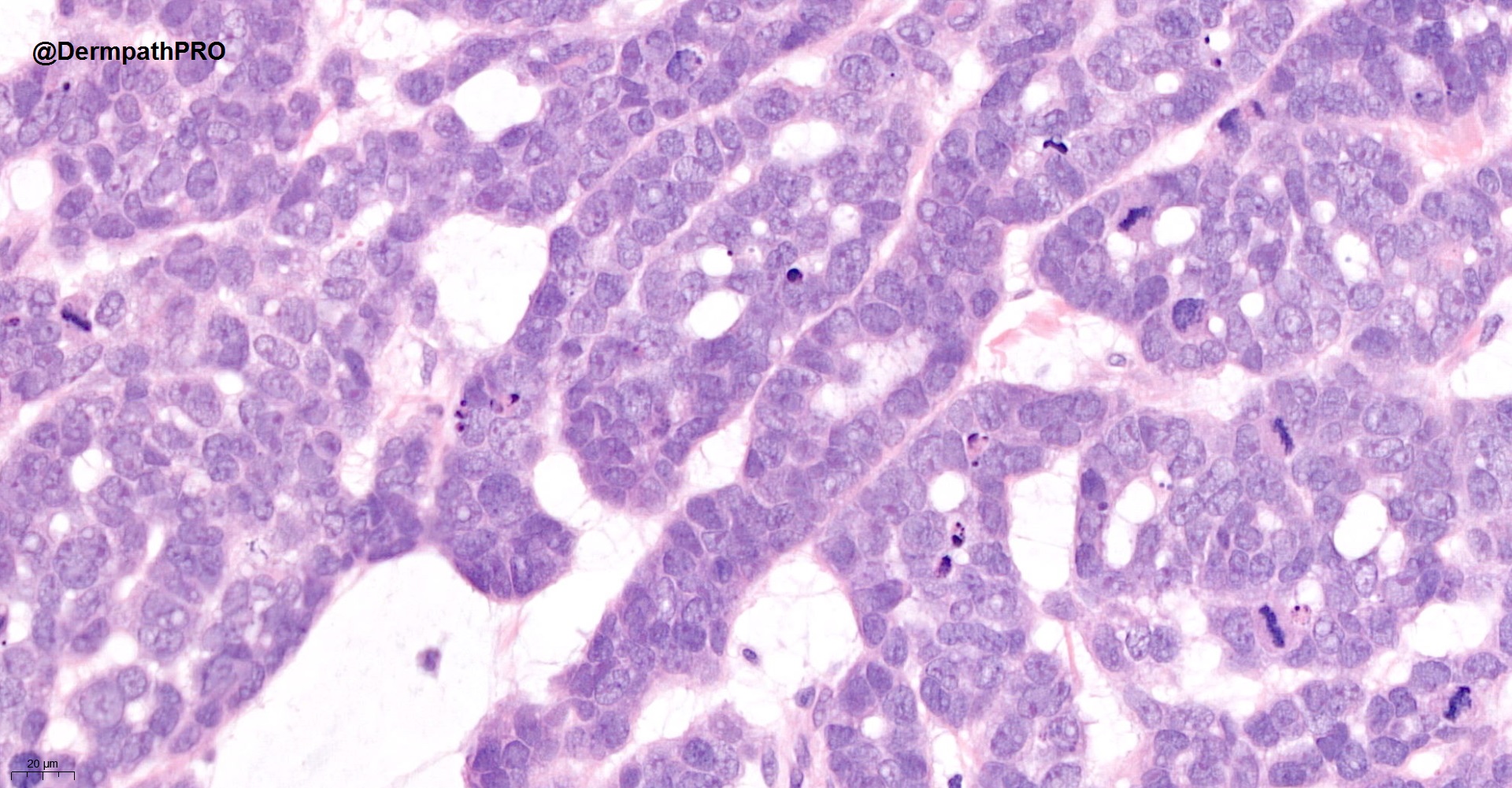
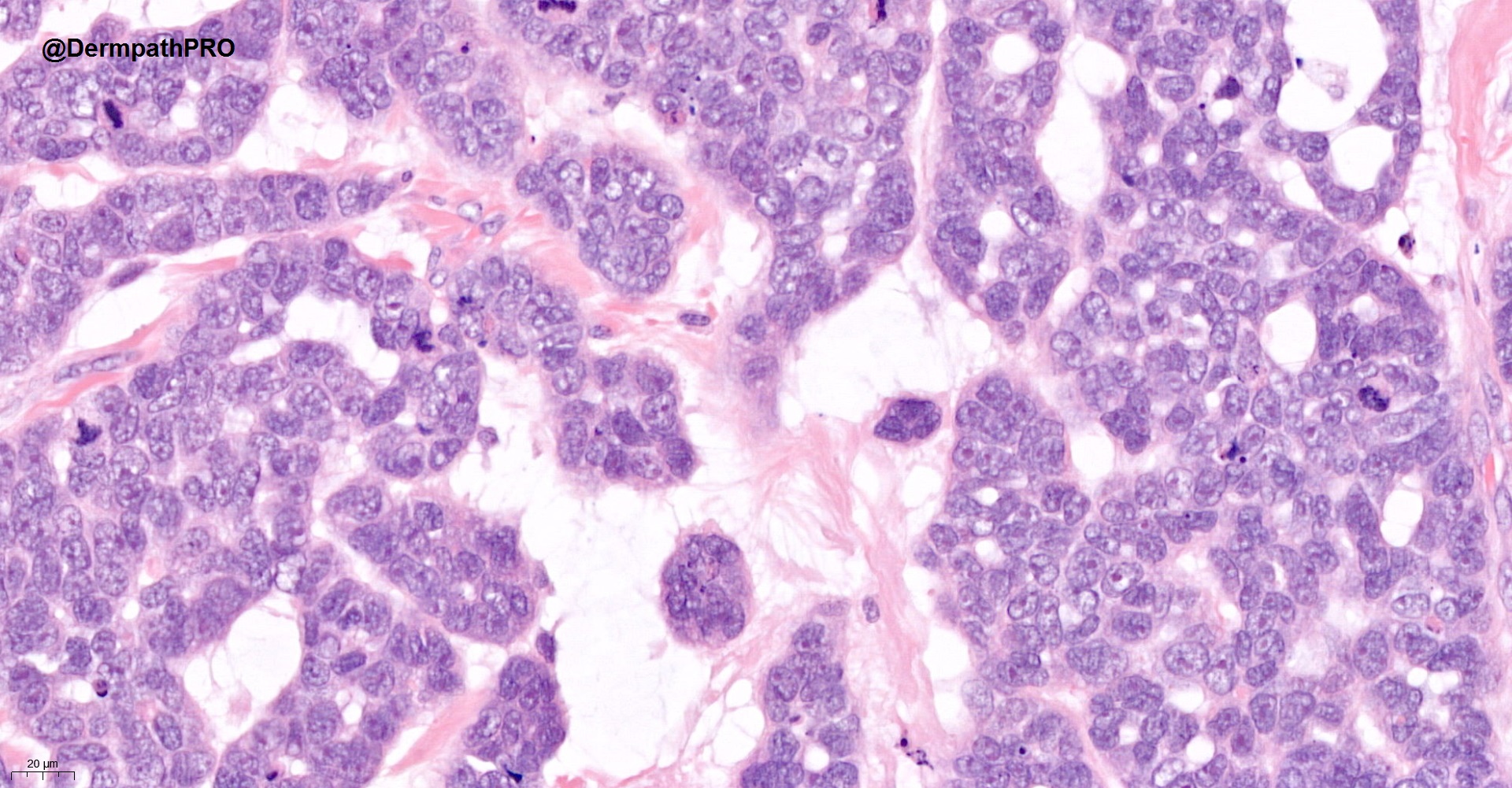
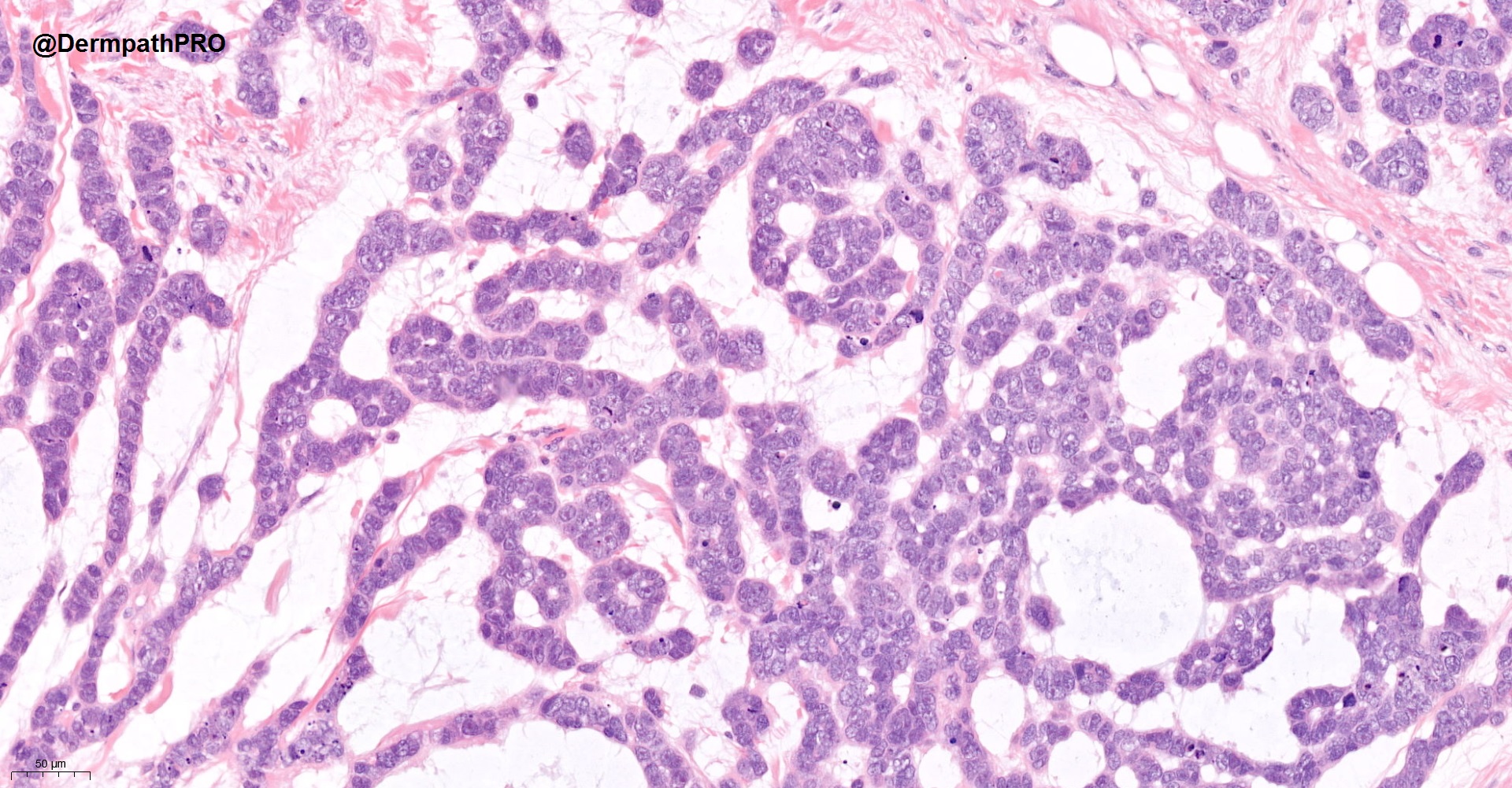
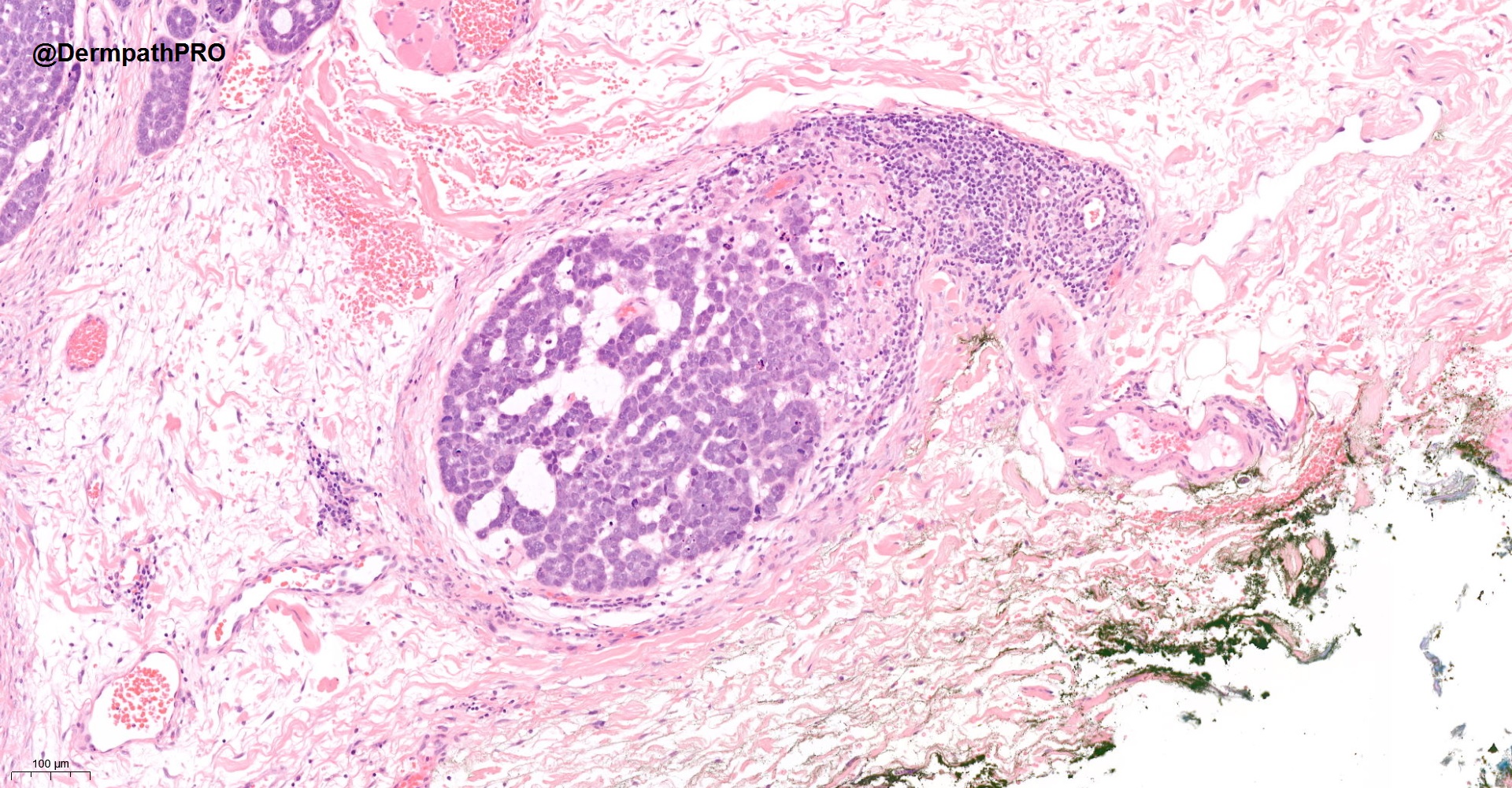
Join the conversation
You can post now and register later. If you have an account, sign in now to post with your account.